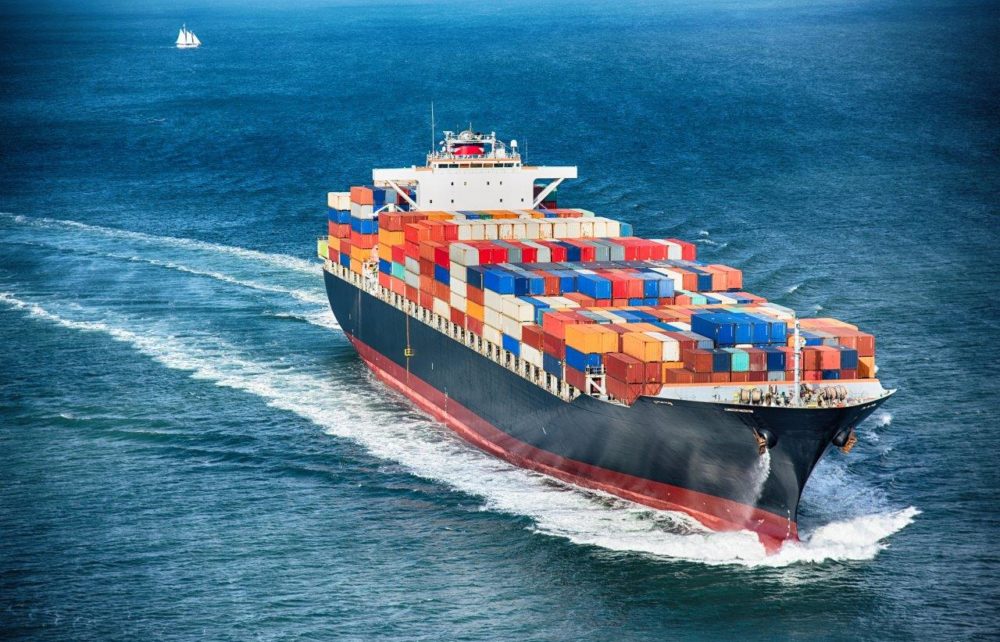The Brazilian share in total Chinese beef imports jumped 38% in the 1st half of 2021, and the trend is set to continue, according to new research by Rabobank.
From January to June this year, Brazil increased its share of China’s global beef imports by seven percentage points, jumping to 38%, compared to 31% in 2018, according to the research released this month.
Brazil is followed in the ranking by Argentina, whose share jumped from 17% to 22% in the same period. Australia accounted for only 7% of total beef imports from China, while in 2018 this share was 17%. The United States has also been gaining share in the beef trade to China, accounting for 5% of total deliveries between January and June this year, compared to 1% in 2018.
Greater Sustainability Concerns for China in Agro Buys from Brazil
Given the limited growth potential of Chinese beef production, in the coming years, global imports will need to play an increasingly important role in meeting the growing demand for red meat in the Asian giant, notes the Rabobank report.
In the view of Rabobank analysts, South American countries will continue to dominate China’s beef imports, favored above all by low production costs and the wide variety of products capable of serving different niches in the Chinese market.
Currently, beef imported by China is 25% of the total supply of this protein in the Asian country. “This share is expected to increase steadily in the coming years, reaching 30% in 2025, equivalent to 2.5-2.7 million tons”, estimates Rabobank.
The African swine fever (ASF), which caused huge shortages of swine meat in the Chinese market in 2019 and 2020, and the Covid-19 pandemic, which brought important changes in the lifestyle of the local population (such as the rapid expansion e-commerce and, consequently, the growth of beef consumption in Chinese households), contributed to the growth of the beef market in the Asian country, according to the report.
In the coming years, the Rabobank predicts, China will further strengthen its role as the dominant beef buyer in the world, intensifying competition between the commodity supplier countries, both for lower value-added beef cuts (a market currently dominated by Brazil ) and for higher value products (supplied today by countries such as the USA, Australia and Uruguay).
Thus, Rabobank continues, beef price levels in the global market are likely to rise considerably in the coming years, increasing pressure on exporting countries to supply a rapidly changing Chinese market. This trend, says the bank, may contribute to changes in production systems in some exporting countries, especially among South American suppliers (with Brazil as the protagonist), in order to meet the growing demand from medium and high-end markets in China.




